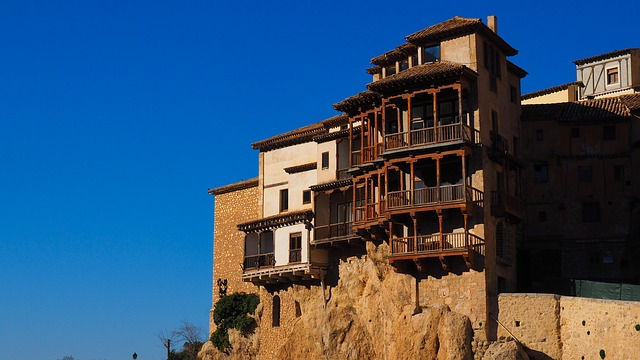El Traje de Flamenca: origin
- LaFra
- Oct 21, 2018
- 2 min read
When the first heat and the first "Ferias" (festivals) begin, in Andalucia you can see in the street colored clothes with points. They are the beautiful flammenco dresses, a real fashion in the land of the sun. Normally There are two forms: one worn by dancers and the other worn as a day dress. They are usually called Traje de Flamenca ("flamenco outfit") or Traje de Gitana ("Gitana outfit"). Have you ever wondered why these clothes are decorated with dots? the why come from their origins, in fact they were the clothes worn by the women peasants, mostly of Gypsy origin. The first clothes can be dated around the nineteenth century. These humble outfits were made by modest percale coats adorned with ruffles and ended with one or more ruffles. Normally the fabric was cotton.
Soon even the wealthiest women began to wear the dress until it officially became the dress of the “Feria”, established during la Feria de Abril of Sevilla in 1929. The high-class dress was richer respect that of its origins, in fact it was embellished with lace, passerastri, ornate sleeves and much more. The classic form of the costume is the so-called "guitar body" and enhances the beauty of the woman. The body of the suit has always been tight, and according to the trend of the moment.
Starting from the thirties, the dress enters in the fashion category and begins to be influenced by fashion itself. In the 50s, the cotton was left for other types of fabrics, in the 60s the dress shorter to the knees and in the 70s for the cultural revolution a little percentage abandon the dress, but who loves it, brings it back and adorned with laces and lace. During the eighties, the fashion of the 40 returns with lace, starches and satin ribbons to create volume in the suit, also the sleeves change become shorter and adorned with ruffles. While in the 1990s both the ornaments and the shape became simpler, lighter and more sensual. Today, depending on the year, the dress changes or returns with the past fashion and more and more people including tourists and expats wear it. Also, we can see girls between 3 and 12 years old wearing the type of work up to the middle leg or knee thanks to the influence of the era of the girl Marisol (decade 60s).
It has always been a traditionally handicraft production, carried out by individual dressmakers but from the 1970s it starts to be industrial with standard products and cheaper prices. The preparation of this type of suit has a confection that is laborious and requires a good pattern, knowledge of variations in sleeves and necklines together with good aesthetics and sensitivity in the combination of all its elements. Visiting the various Andalusian cities you can find stores specializing in flamenco dress where they can advise you on the purchase and to be always up to date you can visit trade show as the International Flamenco Fashion Show (SIMOF) created in Seville in the year 1995 in the Palace of Congresses and Exhibitions of Seville (FIBES). In Malaga we find FIMAF, the International Flemish Fashion Fair of Malaga and so other salons in Jerez y Andùjar.








Comments